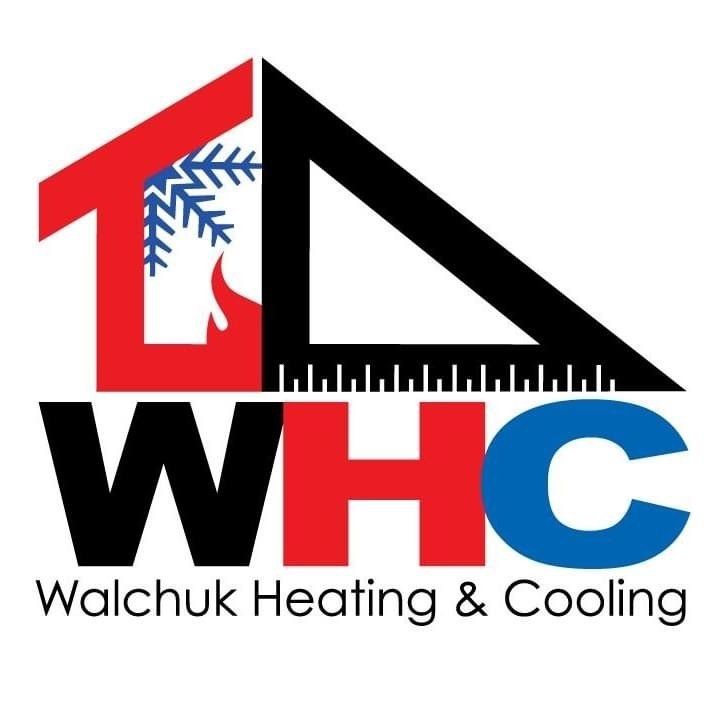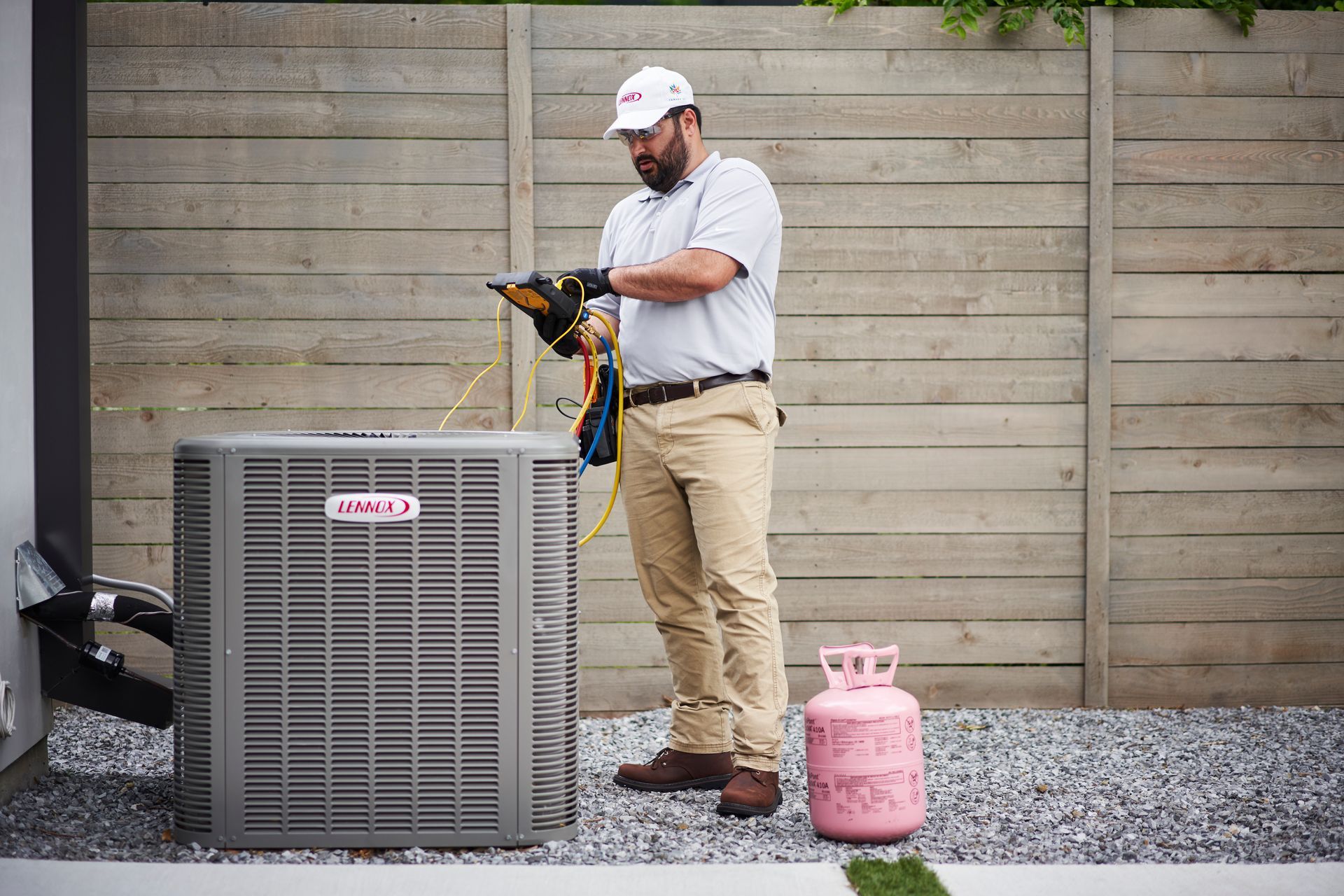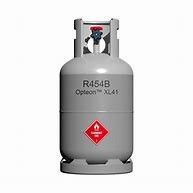What is R-454B?
R-454B is a refrigerant blend composed of 68.9% R-32 and 31.1% R-1234yf. It belongs to the HFO class of refrigerants, which are known for their lower global warming potential (GWP) compared to traditional hydrofluorocarbons (HFCs). R-454B has been designed as a more environmentally friendly alternative to R-410A, which has been widely used in air conditioning systems but is now being phased out due to its high GWP.




